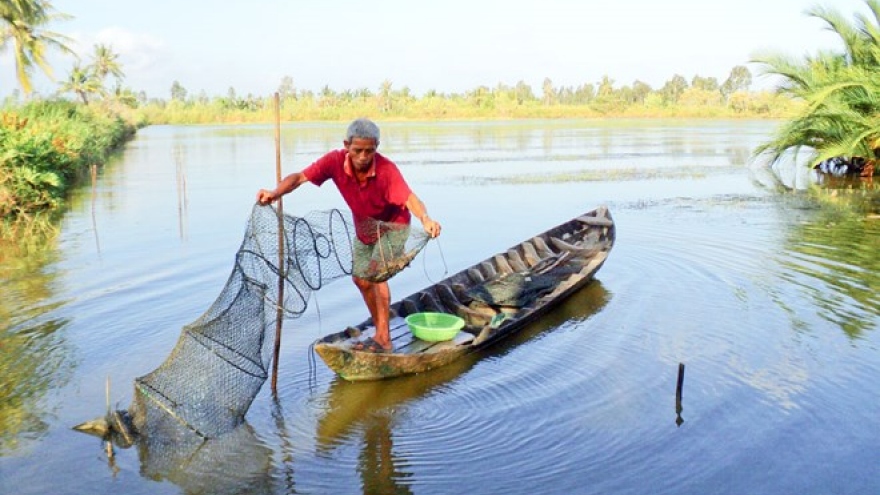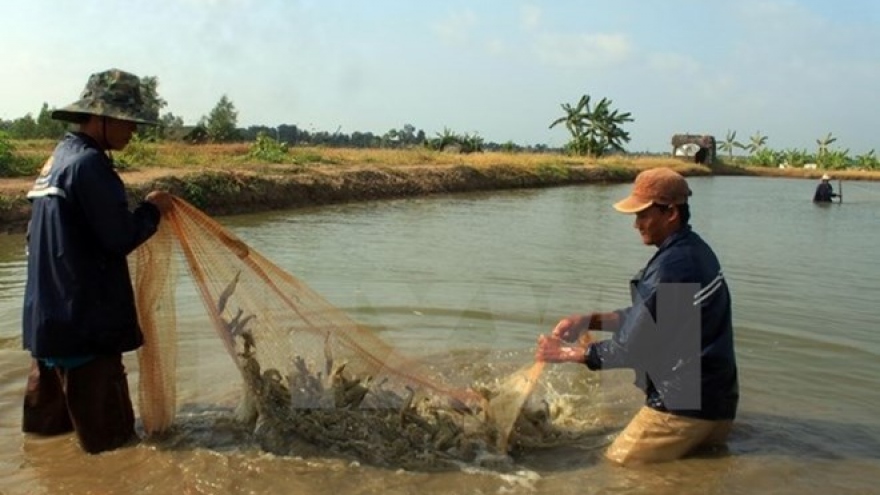Shrimp, abalone to be under US import monitor from December 31
With the US tightening import rules for shrimp and abalone at the end of this year, Vietnamese processors and exporters need to start preparing data now, an American expert has said.
 |
|
Illustrative image (Source: VNA)
|
From December 31, shrimp and abalone imports will be subject to mandatory compliance under the US Seafood Import Monitoring Programme (SIMP).
The programme requires importers to keep records from harvest to the point of entry to the US for fish and fish products particularly vulnerable to illegal, unreported and unregulated (IUU) fishing or seafood fraud.
Thirteen species, namely abalone, Atlantic cod, blue crab (Atlantic), dolphin fish (Mahi Mahi), grouper, king crab (red), Pacific cod, red snapper, sea cucumber, shark, shrimp, swordfish and tuna, are identified as particularly vulnerable to IUU fishing and fraud.
VASEP General Secretary Truong Dinh Hoe said a long time ago, Vietnamese seafood exporters established programmes to trace the origin of their products when exporting to the US and EU.
“The issue is how we systematise and standardise the information we need to provide and keep standardised records to maintain our exports to the US”, he said.
In the near future, VASEP will work with the Directorate of Fisheries and the Ministry of Agriculture and Rural Development to support businesses so seafood exports to the US are uninterrupted.
Among the 13 species under SIMP supervision, shrimp is the hardest hit. Each year, shrimp exports to the US are valued at US$500 million – US$1 billion, or more than half of the total seafood shipment of about US$1.5 billion to the market.
The US is one of the largest seafood importers worldwide with a value of roughly US$96 billion.



